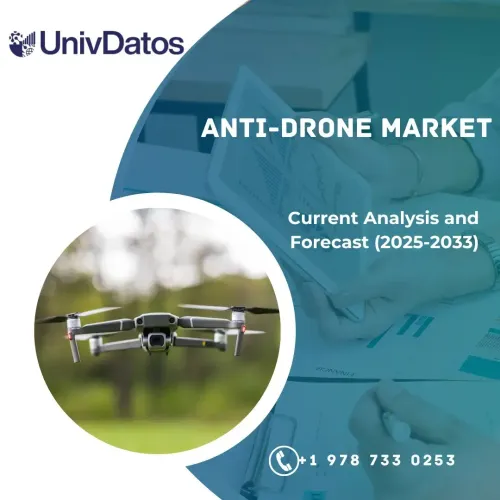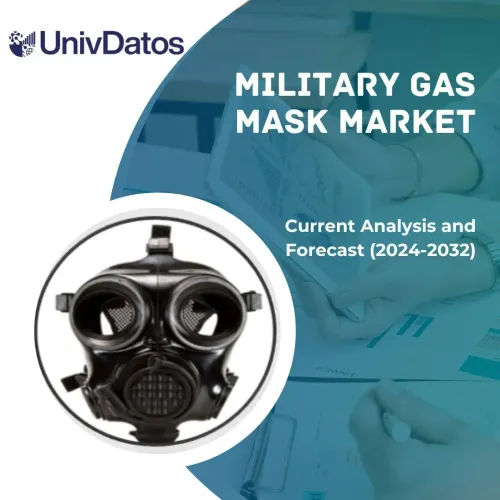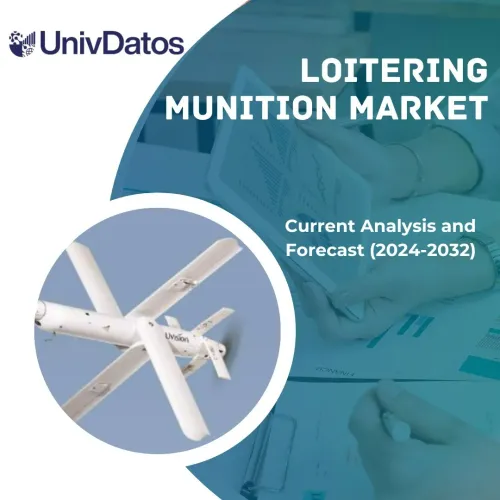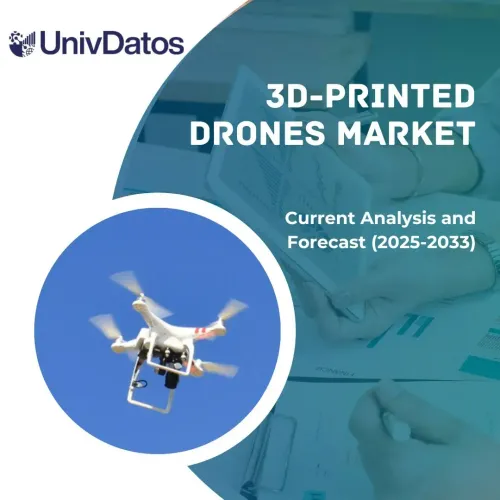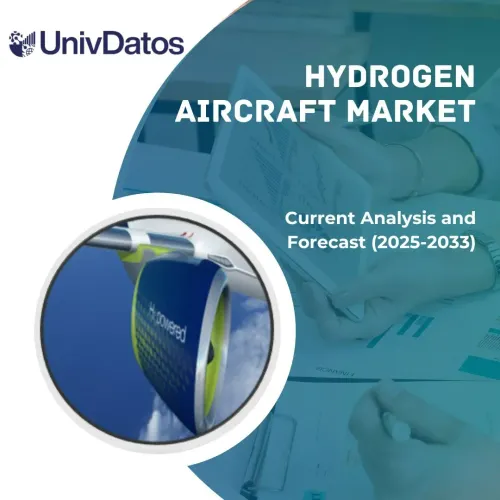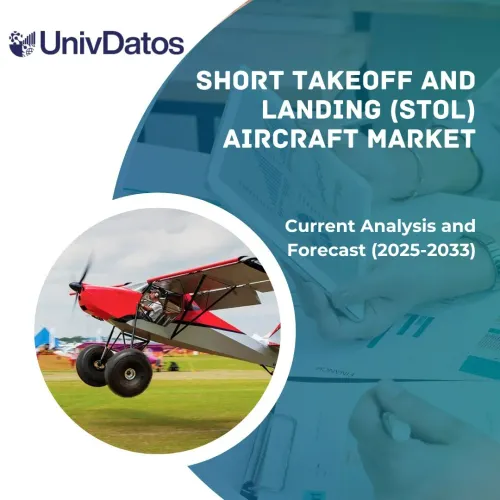- Home
- About Us
- Industry
- Services
- Reading
- Contact Us
Hypersonic Missiles Market: Current Analysis and Forecast (2023-2030)
Emphasis on Type (Hypersonic Cruise Missile (HCM) and Hypersonic Glide Vehicle (HGV)), Domain (Land, Naval, and Airborne); Range (Short Range (<1000 km), Mid-Range (1000-2000 km), and Long Range (>2000 km)); and Region/Country
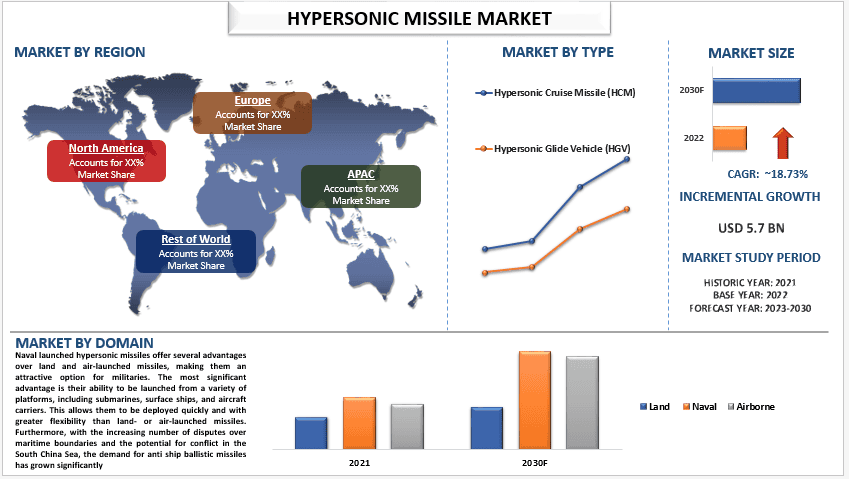
The Hypersonic Missile Market was valued at 5.7 billion in the year 2022 and is expected to grow at a steady rate of around 18.73% during the forecast period (2023-2030), owing to the growing adoption of high-speed internet consumption, rapid digitalization, and rising automation and IoT integration. The growing focus of Governments on increasing their defense capability is likely to boost the demand for the Hypersonic Missiles. The world is facing an unprecedented level of global insecurity. In response, governments across the world are taking steps to increase their defense capabilities, with a particular focus on the development and deployment of hypersonic missiles. The development of hypersonic missiles is a relatively new phenomenon. These missiles travel at speeds of up to Mach 5 and can reach their targets in a matter of minutes. This makes them a highly effective weapon for both offensive and defensive purposes. The demand for hypersonic missiles is likely to continue to grow in the coming years. This is because these weapons are becoming increasingly sophisticated and capable of carrying out a range of missions. As a result, governments are increasingly looking to invest in these weapons to increase their defense capabilities. Furthermore, the increasing demand for hypersonic missiles is also likely to have an impact on the global economy. This is because the production of these weapons requires significant investment in both research and development, as well as the production of the necessary components. As a result, the global economy is likely to experience a boost in demand for these weapons, as governments seek to increase their defense capabilities. Moreover, the demand for hypersonic missiles is expected to increase as governments seek to counter the potential threats posed by these weapons.,
Some of the major players operating in the market include RTX; Lockheed Martin Corporation; Northrop Grumman; L3Harris Technologies, Inc.; Leidos; Thales; BAE Systems; General Dynamics Corporation; Kratos Defense & Security Solutions, Inc.; and MBDA. Several M&As along with partnerships have been undertaken by these players to facilitate customers with hi-tech and innovative products/technologies.
Insights Presented in the Report
“Amongst Type, the Hypersonic Glide Vehicle (HGV) segment held the significant share of the market in 2022.”
Based on type, the market is bifurcated into HCM and HGV. The hypersonic cruise missile (HCM) holds a significant share of the hypersonic missile technology market that is being developed around the world. A hypersonic cruise missile is boosted by a rocket to hypersonic speed and then uses an air-breathing engine called a scramjet to sustain that speed. Because they ingest air into their engines, hypersonic cruise missiles require smaller launch rockets than hypersonic glide vehicles, which means they can cost less and be launched from more places. The primary reason nations are developing these next-generation hypersonic weapons is how difficult they are to defend against due to their speed, maneuverability, and flight path.
“Amongst domain, the naval segment is anticipated to grow at a significant CAGR during the forecast period (2023-2030).”
Based on domain, the market is segmented into land, naval, and airborne. The naval launched hypersonic missiles are one of the fastest-growing segment. Naval launched hypersonic missiles offer several advantages over land and air-launched missiles, making them an attractive option for militaries. The most significant advantage is their ability to be launched from a variety of platforms, including submarines, surface ships, and aircraft carriers. This allows them to be deployed quickly and with greater flexibility than land- or air-launched missiles. Furthermore, with the increasing number of disputes over maritime boundaries and the potential for conflict in the South China Sea, the demand for anti-ship ballistic missiles has grown significantly.
“Asia-Pacific to lead the growth in the hypersonic missile segment during the forecasted period (2022-2030).”
Asia-Pacific is emerging as the fastest-growing hypersonic missile market in CAGR terms. China’s hypersonic missile technologies have greatly advanced during the past 20 years, and the country has invested significantly in research, development, and acquisition programs to incorporate these advanced technologies into its military arsenal. Furthermore, China’s rapid growth in hypersonic missile manufacturing can be attributed to a combination of factors, including the increasing need for advanced military capabilities, military modernization programs, international competition, technological advancements, and increased funding for hypersonic development.
Hypersonic Missile Market Report Coverage
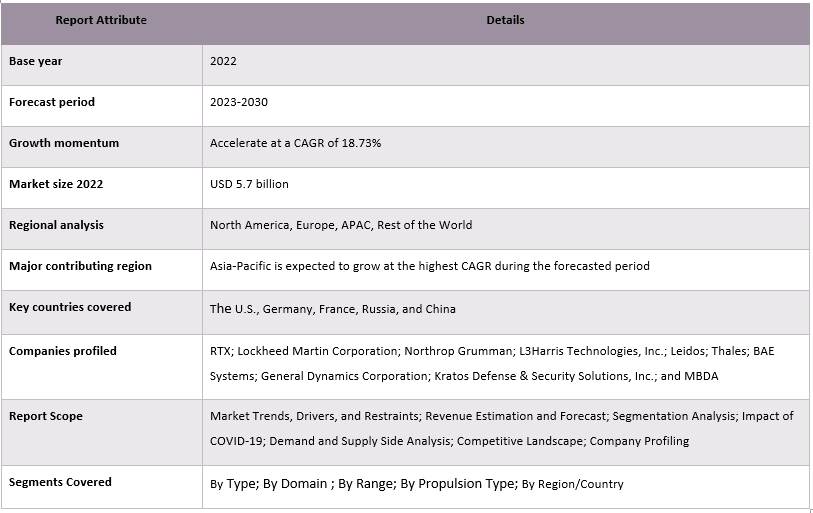
Reasons to buy this report:
- The study includes market sizing and forecasting analysis validated by authenticated key industry experts.
- The report presents a quick review of overall industry performance at one glance.
- The report covers an in-depth analysis of prominent industry peers with a primary focus on key business financials, product portfolios, expansion strategies, and recent developments.
- Detailed examination of drivers, restraints, key trends, and opportunities prevailing in the industry.
- The study comprehensively covers the market across different segments.
- Deep dive regional level analysis of the industry.
Customization Options:
The global hypersonic missile market can further be customized as per the requirement or any other market segment. Besides this, UMI understands that you may have your own business needs, hence feel free to contact us to get a report that completely suits your requirements.
Table of Content
Research Methodology for the Hypersonic Missile Market Analysis (2023-2030)
Analyzing the historical market, estimating the current market, and forecasting the future market of the global hypersonic missile market were the three major steps undertaken to create and analyze the adoption of hypersonic missiles in major regions globally. Exhaustive secondary research was conducted to collect the historical market numbers and estimate the current market size. Secondly, to validate these insights, numerous findings and assumptions were taken into consideration. Moreover, exhaustive primary interviews were also conducted, with industry experts across the value chain of the global hypersonic missile market. Post assumption and validation of market numbers through primary interviews, we employed a top-down/bottom-up approach to forecasting the complete market size. Thereafter, market breakdown and data triangulation methods were adopted to estimate and analyze the market size of segments and sub-segments of the industry pertains to. Detailed methodology is explained below:
Analysis of Historical Market Size
Step 1: In-Depth Study of Secondary Sources:
A detailed secondary study was conducted to obtain the historical market size of the hypersonic missile market through company internal sources such as annual reports & financial statements, performance presentations, press releases, etc., and external sources including journals, news & articles, government publications, competitor publications, sector reports, third-party database, and other credible publications.
Step 2: Market Segmentation:
After obtaining the historical market size of the hypersonic missile market, we conducted a detailed secondary analysis to gather historical market insights and share for different segments & sub-segments for major regions. Major segments are included in the report as type, domain, range, and propulsion type. Further country-level analyses were conducted to evaluate the overall adoption of testing models in that region.
Step 3: Factor Analysis:
After acquiring the historical market size of different segments and sub-segments, we conducted a detailed factor analysis to estimate the current market size of the Hypersonic Missile market. Further, we conducted factor analysis using dependent and independent variables such as type, domain, range, and propulsion type of the hypersonic missile market. A thorough analysis was conducted for demand and supply-side scenarios considering top partnerships, mergers and acquisitions, business expansion, and product launches in the hypersonic missile market sector across the globe.
Current Market Size Estimate & Forecast
Current Market Sizing: Based on actionable insights from the above 3 steps, we arrived at the current market size, key players in the global Hypersonic Missile market, and market shares of the segments. All the required percentage shares split, and market breakdowns were determined using the above-mentioned secondary approach and were verified through primary interviews.
Estimation & Forecasting: For market estimation and forecast, weights were assigned to different factors including drivers & trends, restraints, and opportunities available for the stakeholders. After analyzing these factors, relevant forecasting techniques i.e., the top-down/bottom-up approach were applied to arrive at the market forecast for 2030 for different segments and sub-segments across the major markets globally. The research methodology adopted to estimate the market size encompasses:
- The industry’s market size, in terms of revenue (USD) and the adoption rate of the hypersonic missile market across the major markets domestically
- All percentage shares, splits, and breakdowns of market segments and sub-segments
- Key players in the global hypersonic missile market in terms of products offered. Also, the growth strategies adopted by these players to compete in the fast-growing market.
Market Size and Share Validation
Primary Research: In-depth interviews were conducted with the Key Opinion Leaders (KOLs) including Top Level Executives (CXO/VPs, Sales Head, Marketing Head, Operational Head, Regional Head, Country Head, etc.) across major regions. Primary research findings were then summarized, and statistical analysis was performed to prove the stated hypothesis. Inputs from primary research were consolidated with secondary findings, hence turning information into actionable insights.
Split of Primary Participants in Different Regions
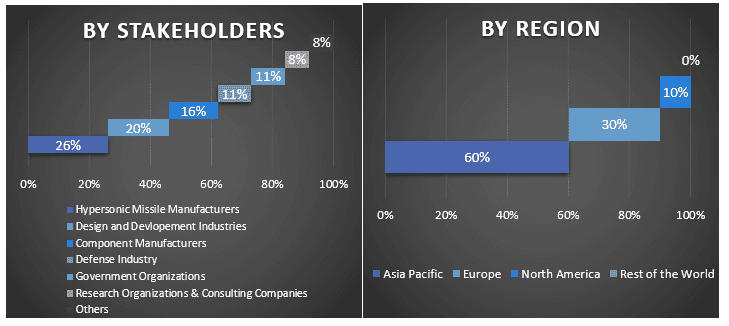
Market Engineering
The data triangulation technique was employed to complete the overall market estimation and to arrive at precise statistical numbers for each segment and sub-segment of the global hypersonic missile market. data was split into several segments & sub-segments post studying various parameters and trends in the areas of the type, domain, range, and propulsion type in the global hypersonic missile market.
The main objective of the Global Hypersonic Missile Market Study
The current & future market trends of the global hypersonic missile market were pinpointed in the study. Investors can gain strategic insights to base their discretion for investments on the qualitative and quantitative analysis performed in the study. Current and future market trends determined the overall attractiveness of the market at a regional level, providing a platform for the industrial participant to exploit the untapped market to benefit from a first-mover advantage. Other quantitative goals of the studies include:
- Analyze the current and forecast market size of the hypersonic missile market in terms of value (USD). Also, analyze the current and forecast market size of different segments and sub-segments.
- Segments in the study include areas of type, domain, range, and propulsion type.
- Define and analyze the regulatory framework for the hypersonic missile
- Analyze the value chain involved with the presence of various intermediaries, along with analyzing customer and competitor behaviors of the industry
- Analyze the current and forecast market size of the hypersonic missile market for the major region
- Major countries of regions studied in the report include Asia Pacific, Europe, North America, and the Rest of the World
- Company profiles of the hypersonic missile market and the growth strategies adopted by the market players to sustain in the fast-growing market
- Deep dive regional level analysis of the industry
Frequently Asked Questions FAQs
Q1: What is the current market size and growth potential of the global Hypersonic Missile market?
Q2: What are the driving factors for the growth of the global Hypersonic Missile Market?
Q3: Which segment has the largest share of the global Hypersonic Missile market by Type?
Q4: What are the emerging technologies and trends in the global Hypersonic Missile market?
Q5: Which region will dominate the global Hypersonic Missile market?
Q6: Who are the key players operating in the global Hypersonic Missile market?
Related Reports
Customers who bought this item also bought

